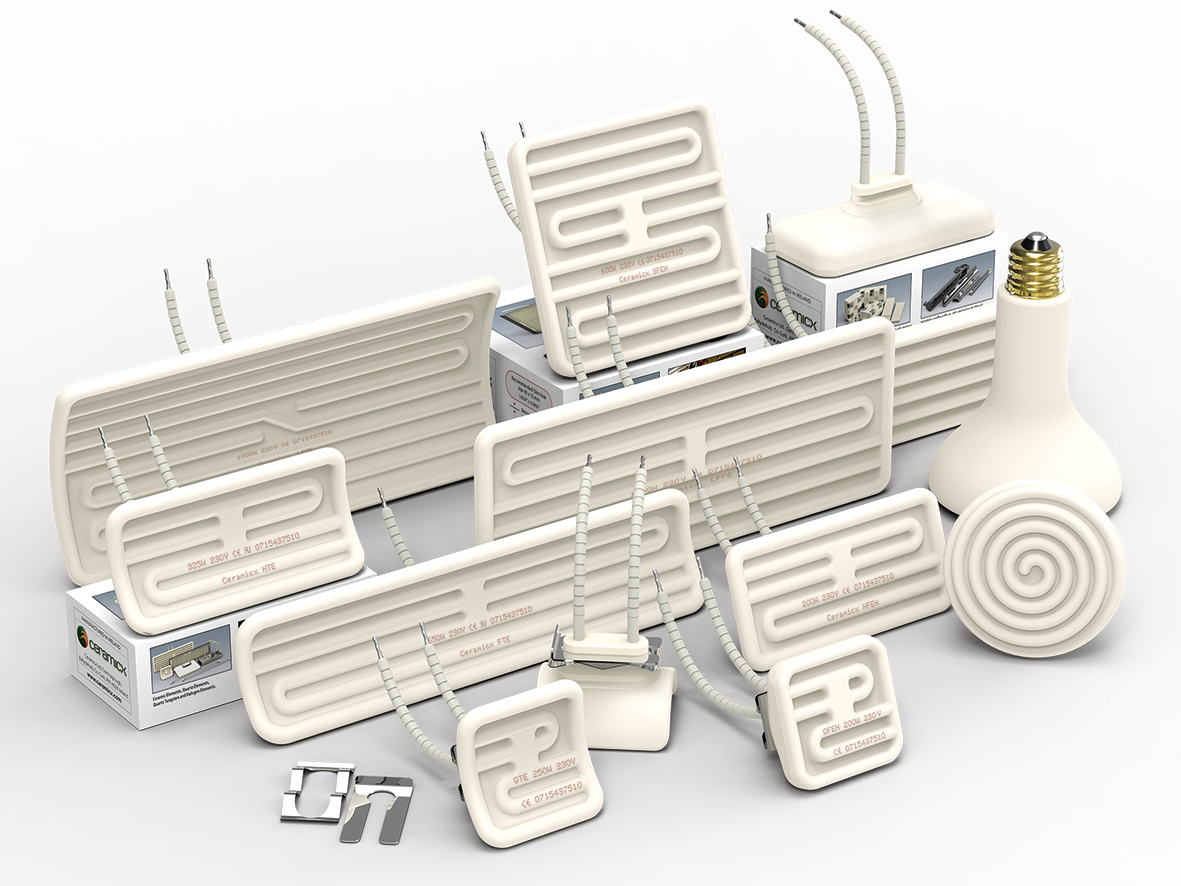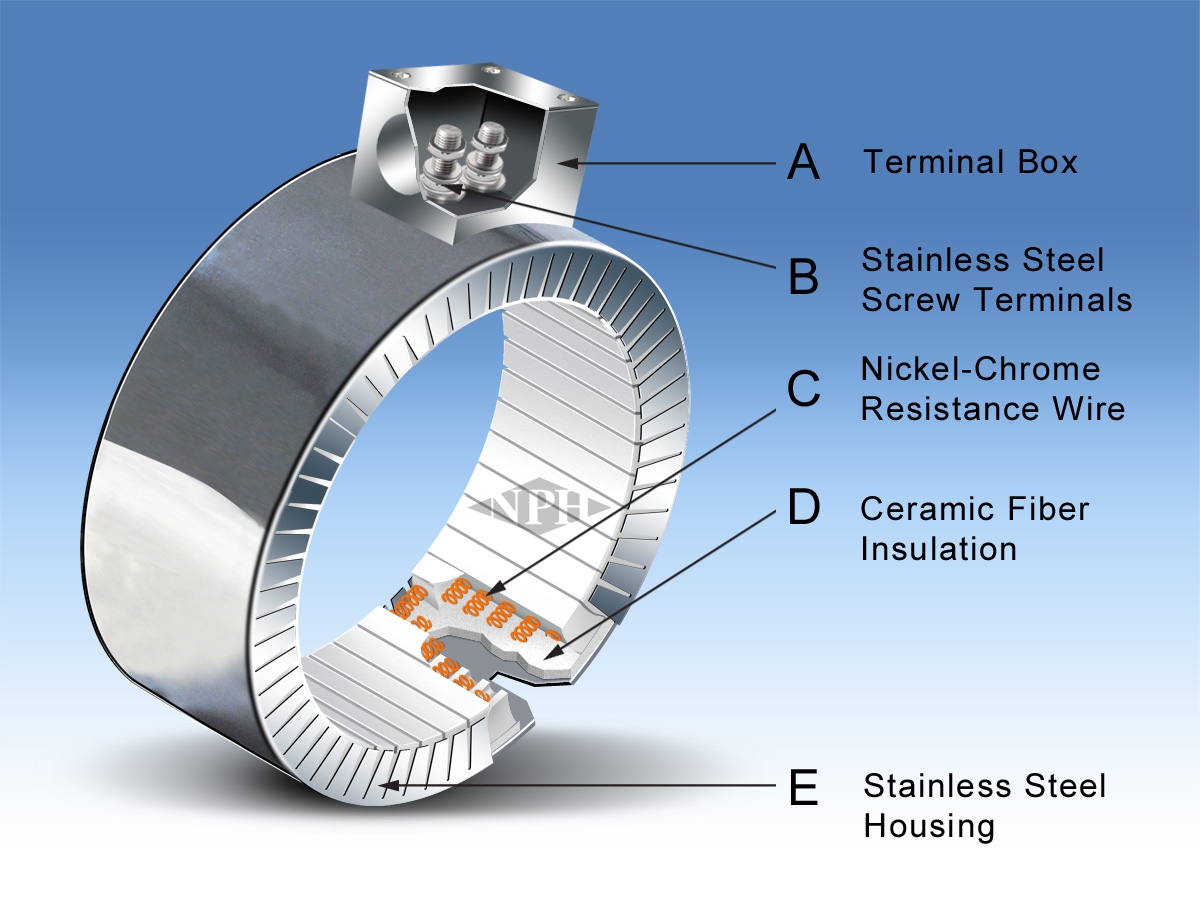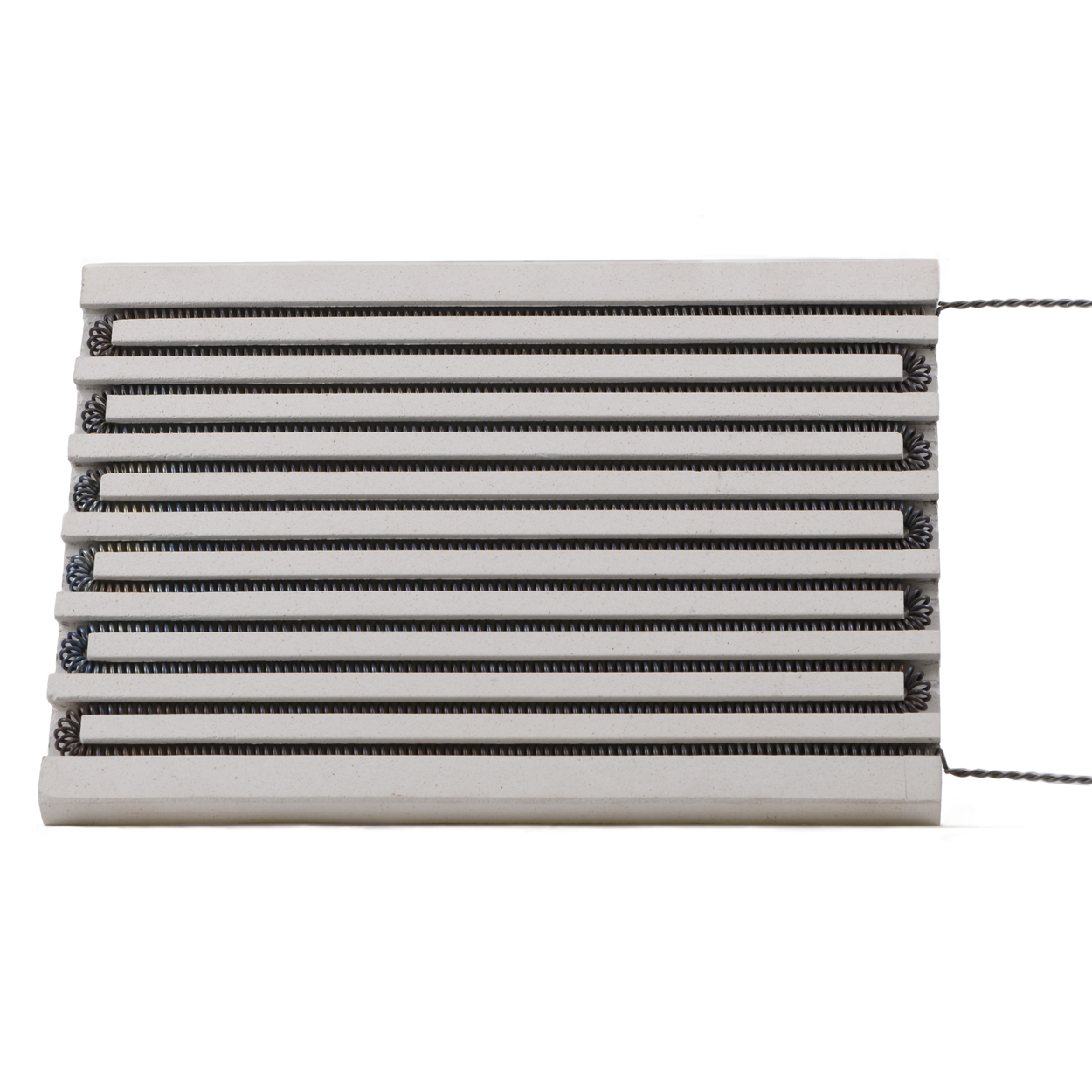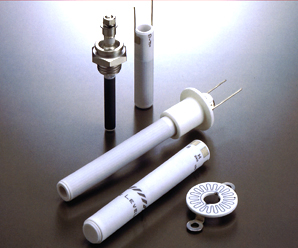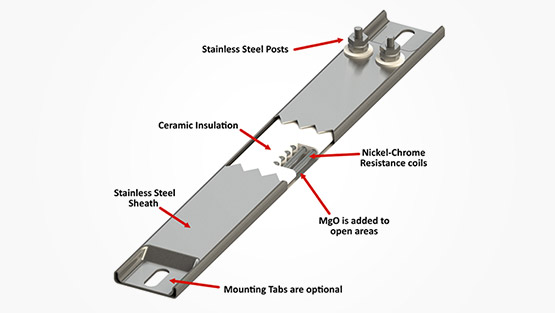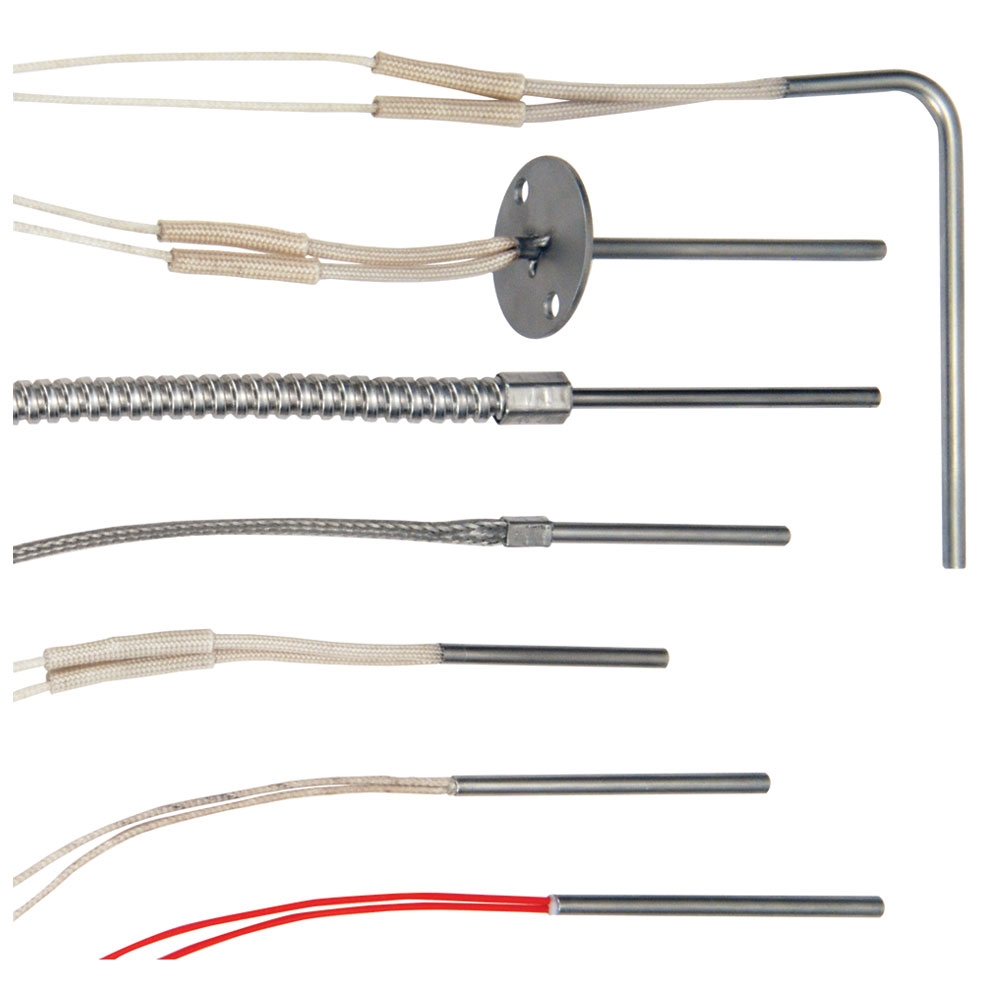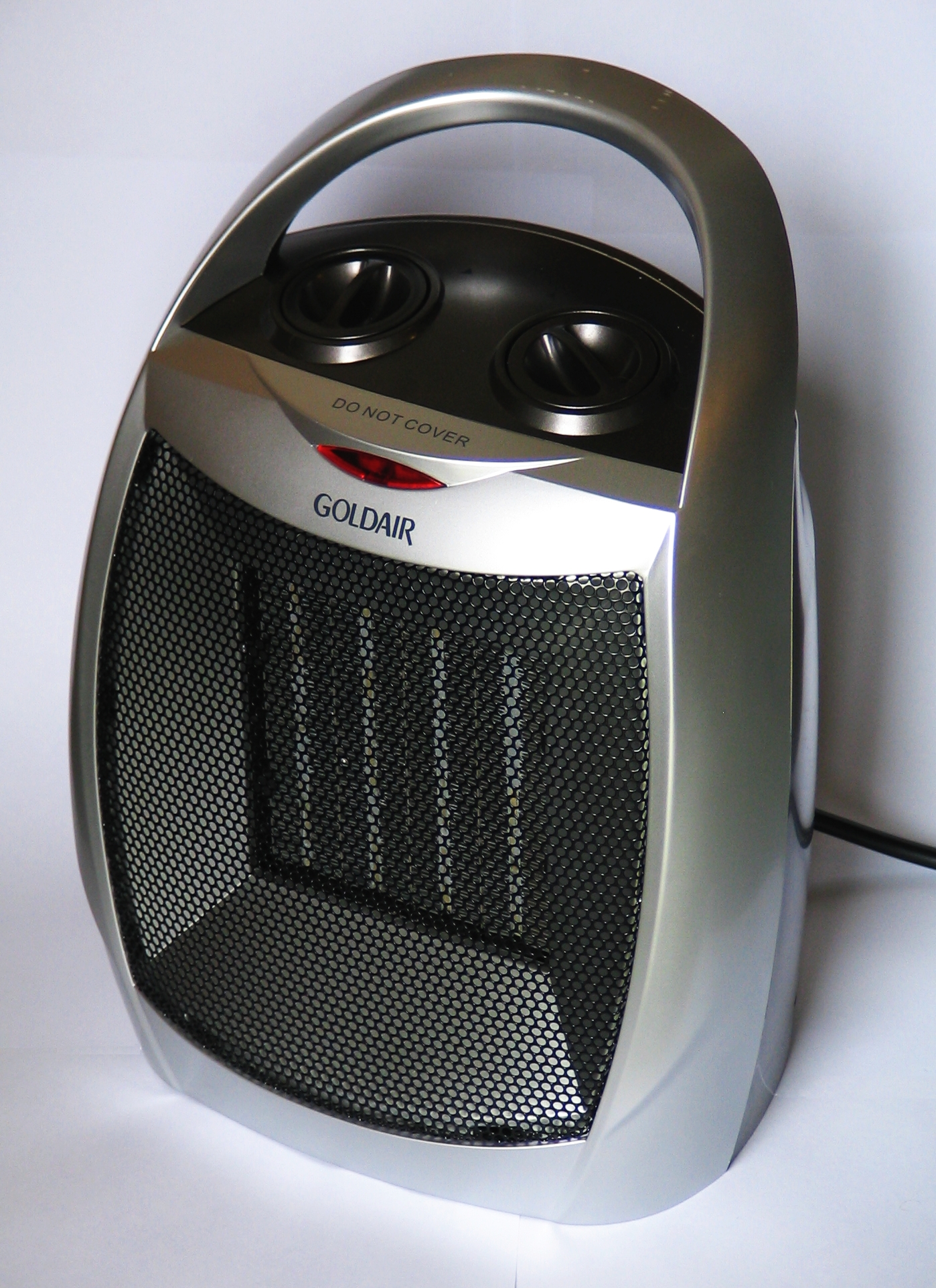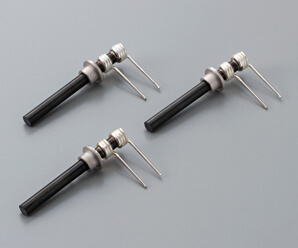Ceramic Resistance Heaters
Excellent dielectric strength at high temperatures with high voltages.
Ceramic resistance heaters. They are as follows. 4 4 out of 5 stars 1 245. Seen with low quality heaters which use steel ferrules. We can round that number up to 14 ohms.
Factor 1 cost. Tempco s style of ceramic insulating bricks offers several benefits including. Storing electrically heated hot water in an insulated storage tank is another thermal storage option. Get it as soon as fri sep 11.
Ceramic heaters also tend to cover a larger area compared to a radiant heater. The ceramic on the other hand increases its resistance sharply at the curie temperatures of the crystalline components typically 120 degrees celsius and remains below 200 degrees celsius providing a significant safety advantage. Central furnaces incorporating ceramic block are also available although they are not as common as room heaters. Flexible ceramic pads heating elements are manufactured with a range of.
These resistance heating elements accurately raise the workpiece temperature to the proper temperature before during and after welding complying with recommended preheat interpass and pwht practices. Any pipe size or pipe configuration can be covered from the extensive range of fcp heating elements so that the correct amount of heating power can be applied to successfully heat treat the pipe weld or other fabrication. Since we know that the hot water electrical circuit feeds 220 vac to the 16 ampere heating element the resistance of that element is equal to 13 75 ohms. Depending on what you are looking for in portable heaters deciding between ceramic heaters or electric heaters is usually an individual choice.
Ceramic heaters have rheostats that are capable of sending voltage signals when the temperature of the room alters. 1 16 of over 1 000 results for heat resistant ceramic glue j b weld 8297 highheat 550 degree epoxy putty stick 2 oz. While most ceramics have a negative coefficient these materials often barium titanate and lead titanate composites have a highly nonlinear thermal response so that above a composition. Ptc ceramic materials are named for their positive thermal coefficient of resistance i e resistance increases upon heating.
This is an electric heating variant that does not need any type of fuel to function. The most common type of electric thermal storage heater is a resistance heater with elements encased in heat storing ceramic. Use of ceramic heater pads resistance heating pads are constructed of ceramic beads strung on nichrome wire. A helically wound resistance coil made from nickel chrome wire is precisely strung through specially designed ceramic insulating bricks forming a flexible heating mat.
In order to find the resistance of the heater element from the above described section we must algebraically modify the formula to read r v a.

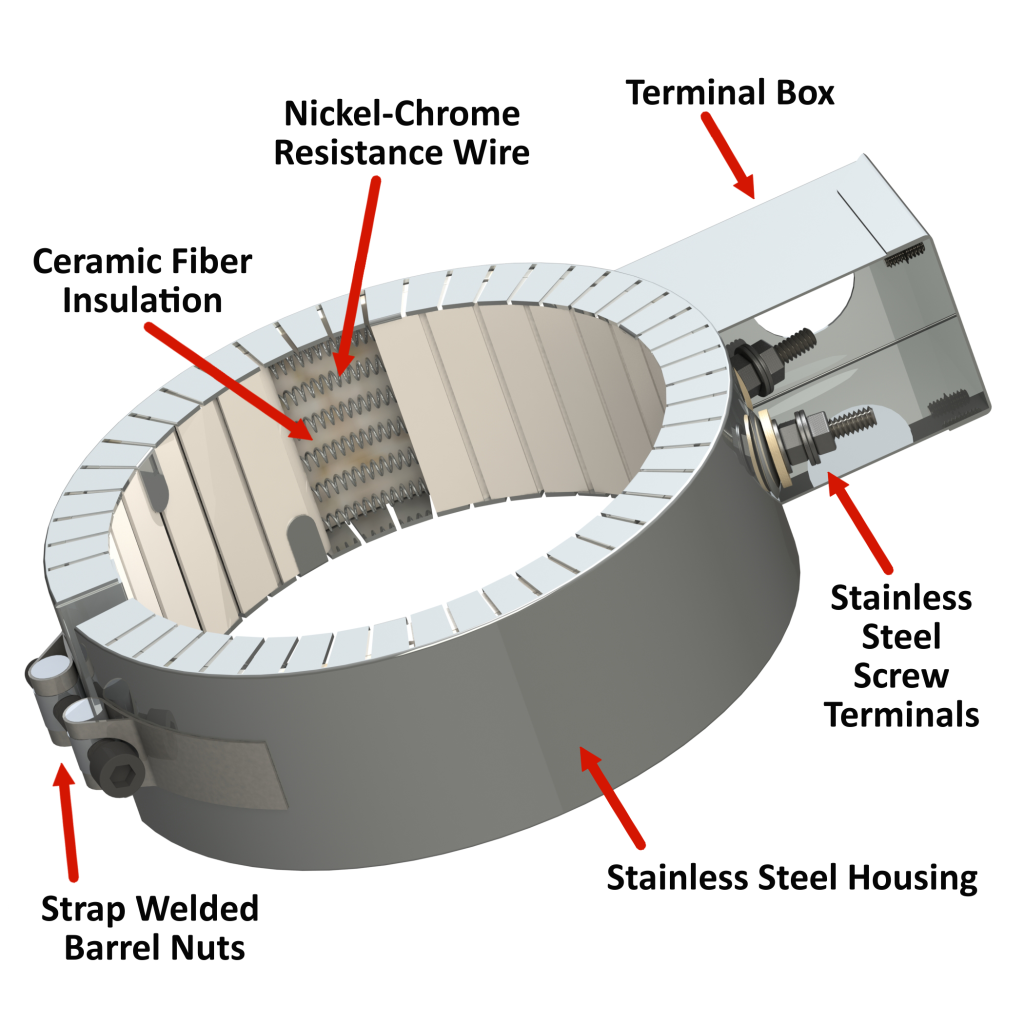
.jpg)
